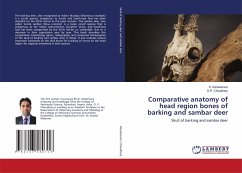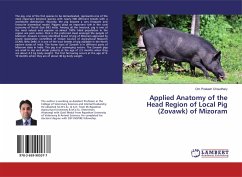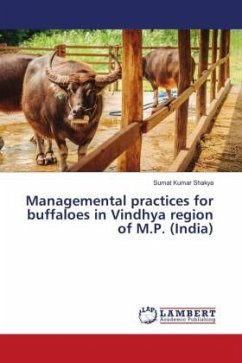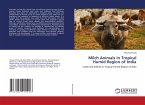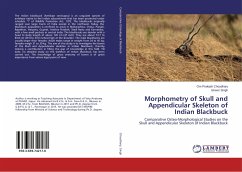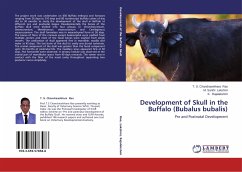The barking deer, also recognized as Indian Muntjac (Muntiacus muntjak) is a cervid species, indigenous to South and South-east Asia has been classified on the IUCN red-list as the Least concern. The sambar deer, also called Sunda sambar (Rusa unicolor) is a large cervid species that is indigenous to the Indian subcontinent, Southern China, and Southeast Asia has been categorized by the IUCN red-list as 'vulnerable' due to a decrease in their population year by year. This book describes the comparative morphology (gross, radiography, and computed tomography) of the skull of barking and sambar deer in detail. It also includes various important landmarks on the skull bones for tracking of nerves on the head region for regional anesthesia in both species.
Bitte wählen Sie Ihr Anliegen aus.
Rechnungen
Retourenschein anfordern
Bestellstatus
Storno

